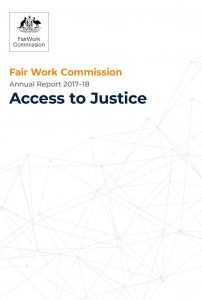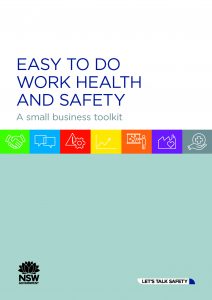 Australia has been told for a long time that workplace bullying was an epidemic. Recent data seems to indicate that workplace bullying is a persistent problem which, to some extent, has blended into the miasma that is work-related mental health. The Fair Work Commission released its 2017/18 Annual Report on October 18 (not yet online) adding further doubt to the epidemic claims.
Australia has been told for a long time that workplace bullying was an epidemic. Recent data seems to indicate that workplace bullying is a persistent problem which, to some extent, has blended into the miasma that is work-related mental health. The Fair Work Commission released its 2017/18 Annual Report on October 18 (not yet online) adding further doubt to the epidemic claims.
Below is a comparison graph (page 19) of FWC activity which shows 721 applications concerning workplace bullying. It is ninth in the list of FWC activities.




 Some organisations struggle to understand the prevention of harm. In September 2018 the Chartered Institute of Personnel and Development (CIPD) released its “
Some organisations struggle to understand the prevention of harm. In September 2018 the Chartered Institute of Personnel and Development (CIPD) released its “